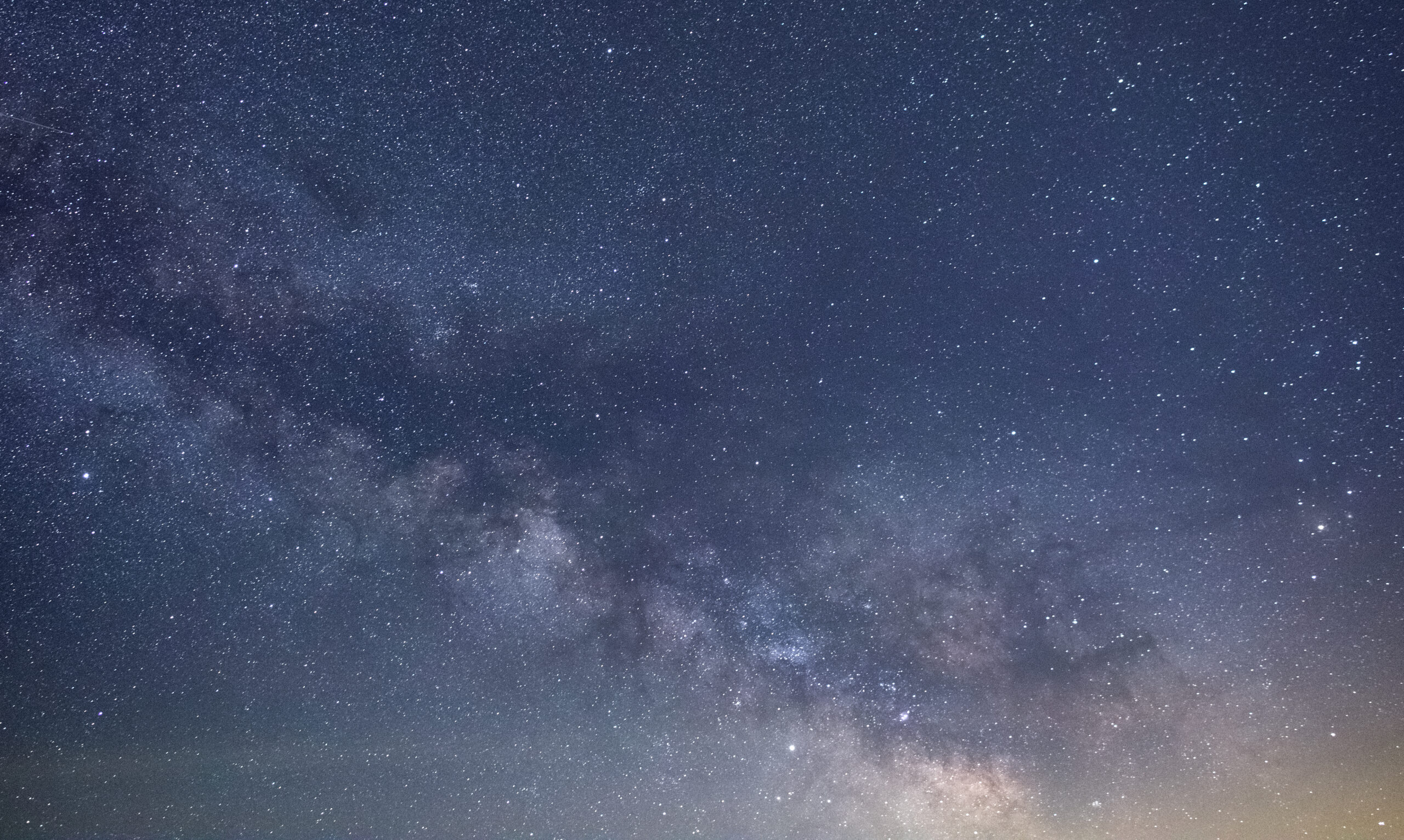Based on a discussion with Brian Keating, Professor of Astrophysics and Space Science at the University of California San Diego, who studies the origins of the universe, and Jordan Peterson, clinical psychologist: Black holes, Time travel and the Origins of the Universe.
The Universe
The universe encapsulates all space, time, matter, and energy. The universe is not infinite but expands indefinitely. Somewhere, there is an edge. Suppose you wanted to see that bound, how would you know it existed, and what is happening on that edge?
It is possible to observe the edge with astrophysicist Brian Keating’s telescope BICEP2; however such light cannot be seen by the eyes because it exists in a different form. The question is how can a telescope be set up and what exactly does it measure to reveal that the universe is expanding?
Looking at the edge of the universe
Telescope setup is tricky because increasing the magnification does not necessarily equate to seeing further. Suppose you peer at the moon through Galileo’s telescope, which has lower magnification in comparison to more modern telescopes. The surface of the moon becomes visible, including details of craters, mountains, and valleys.
However, when viewing through a telescope of greater magnification such as the Hubble telescope, while the details of the moon’s surface become more pronounced and precise, it is impossible to see beyond the moon, simply because the moon is in the way. In other words, the ability to see further is impeded by objects in space, which block the view of other objects behind them.

Therefore, to see the edge of the universe, the telescope must point to where there are no planets, stars, asteroid fields, or other objects in the way. What would be visible is the most ancient light. However, it is not visible to the human eye and instead is redshifted. It consists of microwaves, which are longer and more primitive.
How does the edge reveal expansion?
What does it mean for light to be redshifted and how does redshifted light indicate the universe is expanding?
The electromagnetic spectrum
Light is a form of electromagnetic energy, which can be modeled by the electromagnetic spectrum (see below). Visible light, which humans see, is not the only form of light but is the only form able to be perceived because the eyes are tuned only to view wavelengths of light from 380 nanometers to 750 nanometers. Wavelengths that are longer or shorter must be observed with sensors.

Note: Humans can only see “Visible Light” about 10^-6 meters in length. “Microwaves” have longer wavelengths: 10^-2. Notice there are other forms of light, both lower and higher frequency than visible light.
Image: https://discover.hubpages.com/education/The-Radiant-Radioactive-Electromagnetic-Spectrum
Redshifting Doppler Effect
The light on the edge of the universe is elongated microwave light instead of visible light because it has redshifted and become diminished in intensity. Redshifting means that the wavelengths of that light have become longer over time. How? This can be explained by the Doppler Effect.
The Doppler Effect is the changing of a wavelength based on the movement of light (or any wave) away or toward you. When light is moving toward you, the waves bunches up, creating shorter wavelengths (blue color in diagram). If the wave is moving away from you, the wavelengths become further apart, producing longer wavelengths (red color in diagram).

Because the light on the edge of the universe is composed of longer wavelengths (microwaves), that means the light has been redshifting (becoming longer). Because the wavelengths have become longer and diminished in intensity, this demonstrates that the light is moving away from the telescope. Because the light on the edge of the universe is moving away, it indicates that the universe is expanding.
This is the most primitive form of light that has changed from intense visible light and blended into the cosmic background of microwaves on the bound of the universe.
With the Doppler Effect, it is possible to tell whether or not any star or galaxy is moving away or toward us. When moving away, the star would emit red light and longer wavelengths, while when moving toward us, the star would emit blue light and shorter wavelengths. However, it is important to note that for such a shift in wavelength to occur, the source of light must be traveling at extremely high speeds through the cosmos.














